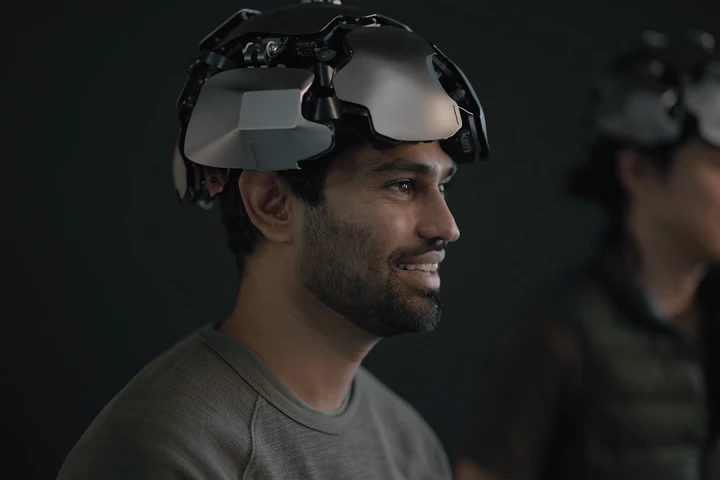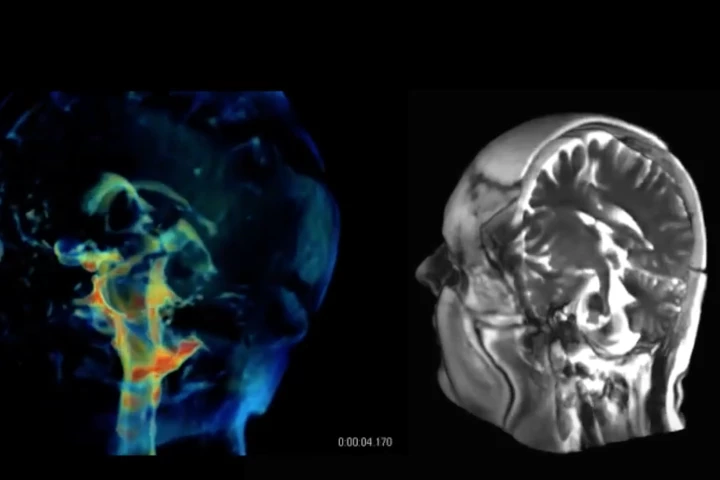Digital imaging
-
Canon has wrapped its experimental ultra-high sensitivity Single Photon Avalanche Diode (SPAD) sensor up into a world-first commercial product. The new MS-500 accepts ultra-telephoto broadcast lenses, and can shoot color video on a moonless night.
-
Back at CES 2023, smart telescope maker Unistellar launched a new model that could digitally remove light pollution from cities to give users a clear view of the stars. Now the company has improved on the formula with its new Deep Dark Technology.
-
An ongoing study is testing a new kind of neuroimaging device designed to easily capture brain activity in real-time. These experiments will investigate the effects of ketamine on functional connectivity in the brain before, during and after an experience.
-
Inspired by the dual-focus visual system of a 500-million-year-old trilobite, researchers have created and tested a light field camera with the greatest depth of field ever demonstrated. Everything between 3 cm and 1.7 km from the lens stays sharp.
-
An electronics hacker known as befinitiv recently posted a YouTube video demonstrating how he converted an old Cosina Hi-Lite 35-mm film camera into a digital snapper, using 3D printing, a Raspberry Pi Zero W and a Pi camera module.
-
An imaging technique has been developed offering detailed 3D videos of a human brain. The technique offers novel perspectives on the motions of a brain, delivering clinicians a new diagnostic tool and researchers insights into neurological disorders.
-
For its fourth Kickstarter, Miops has created a hot-shoe attachment called the Flex that's designed to help photographers "capture stunning timelapse videos, HDR photos, high-speed actions, extraordinary lightning strikes and more."
-
A UK team has demonstrated a novel technology for imaging the brains of infants and babies. The breakthrough is hoped to allow researchers new ways to investigate baby brain activity in natural environments without the need for expensive MRI machines.
-
A team of researchers has made a surprising new discovery, finding a pair of previously unknown salivary glands. Nestled deep in the back of the nasopharynx, the discovery may help prevent damaging side effects from head and neck cancer radiotherapy.
-
By high, we're referring to resolution here. The Leica M10-R rocks the highest resolution color image sensor of the M10 series to date, at 40-megapixels, and takes its rightful place as the M10 family flagship.
-
An image comparing toxic protein accumulations in the brains of older subjects suffering cognitive decline to older, cognitively healthy subjects known as “super-agers” has won Image of the Year from the Society of Nuclear Medicine and Molecular Imaging.
-
Researchers from MIT have revealed the very first images of a human generated through a novel laser ultrasound imaging technique. Unlike conventional ultrasound, the new technique does not require any skin contact with the body.
Load More











